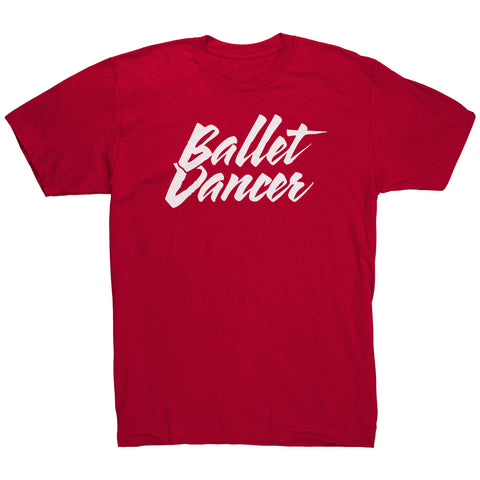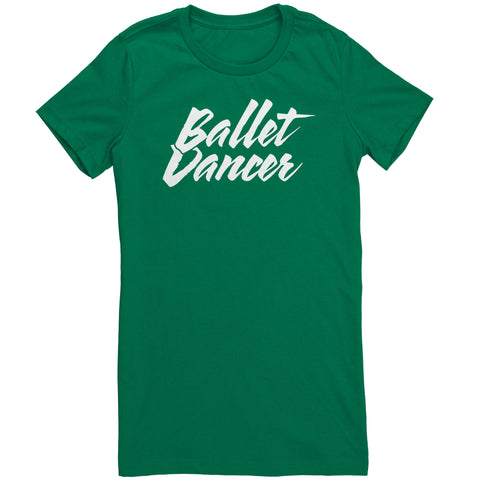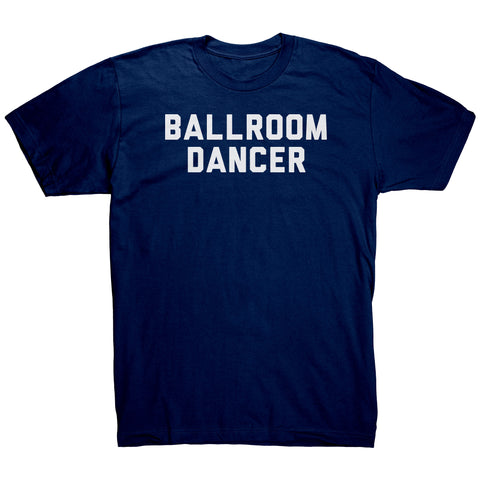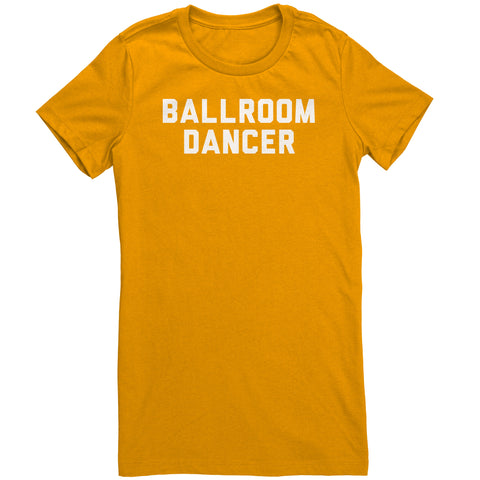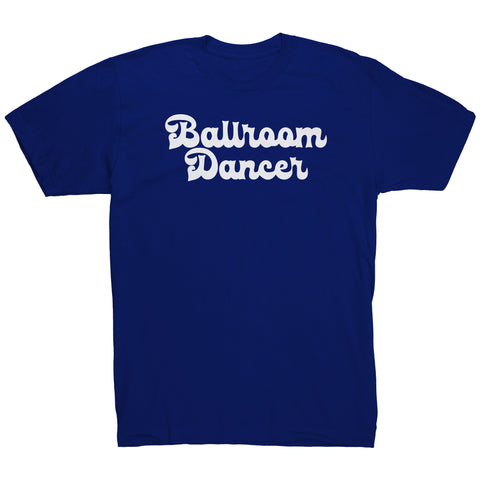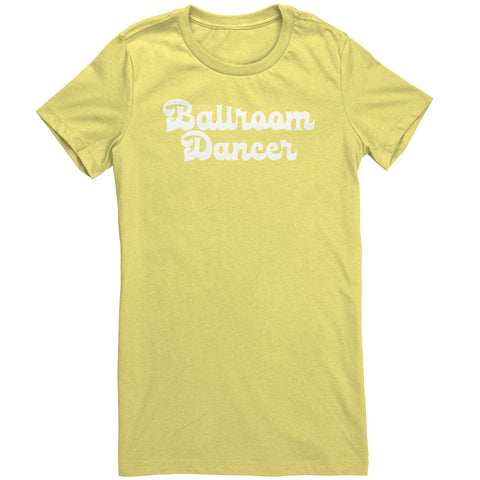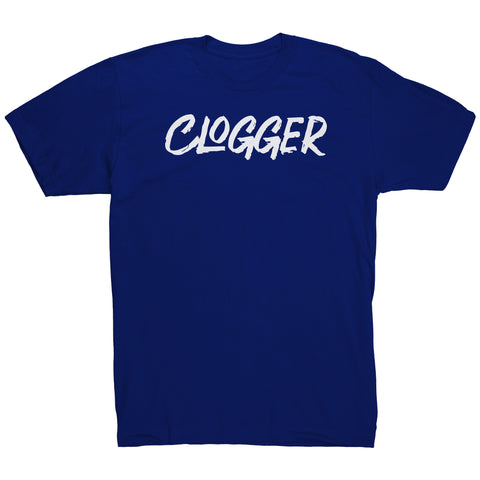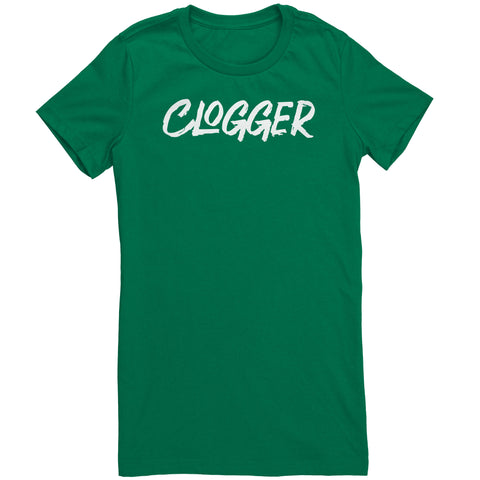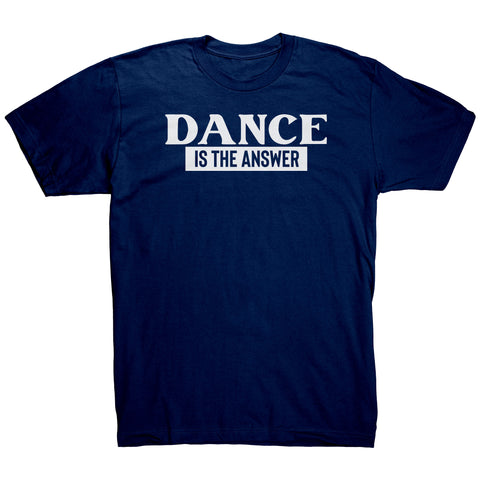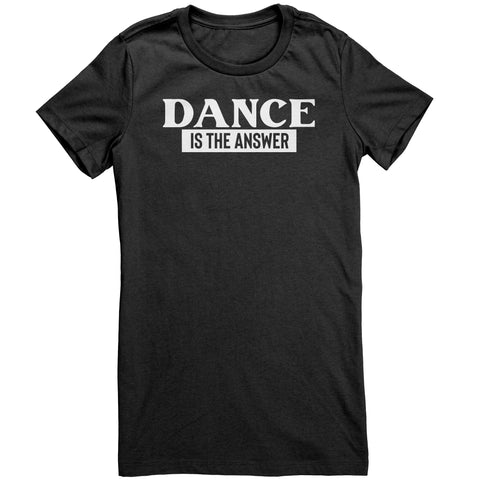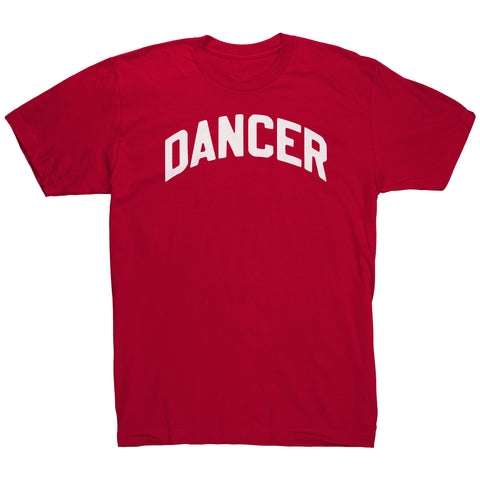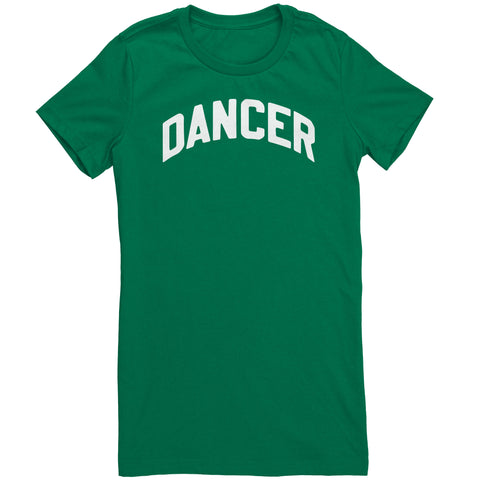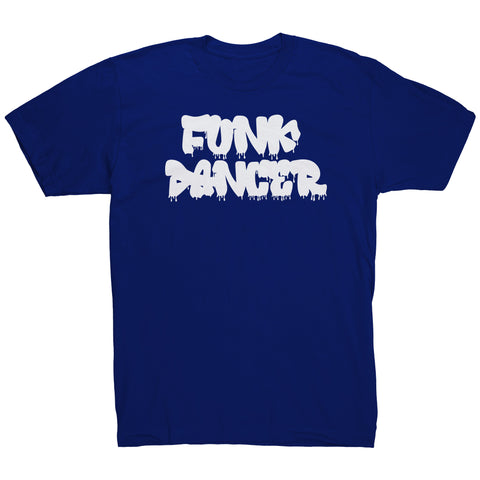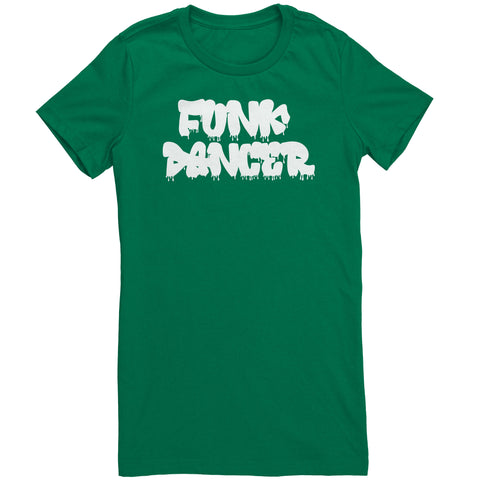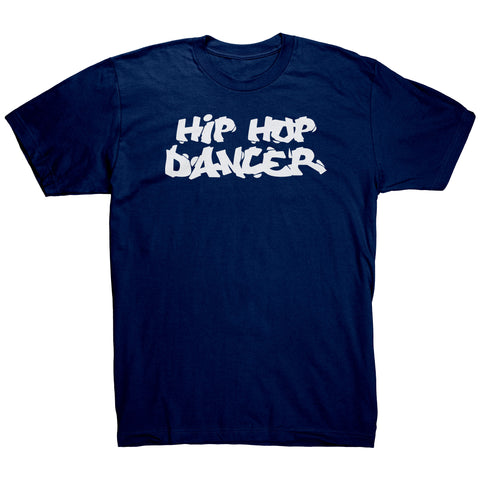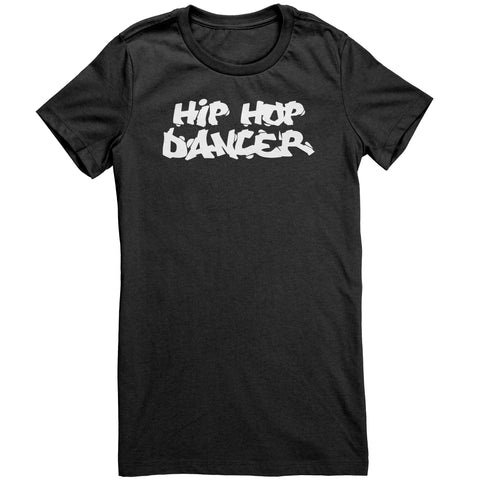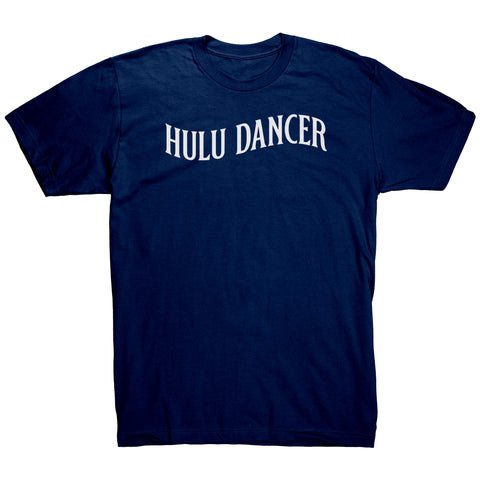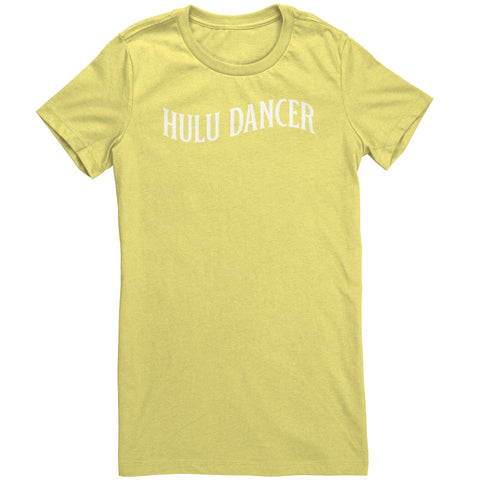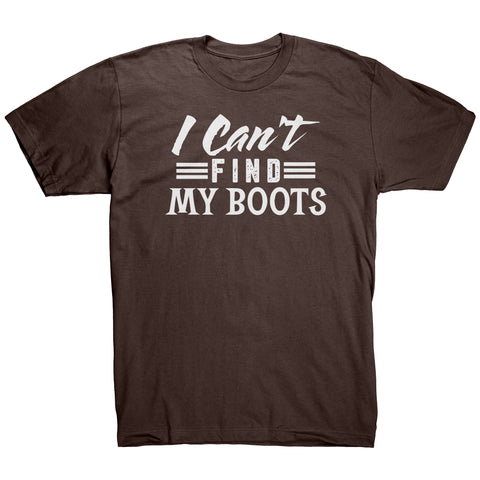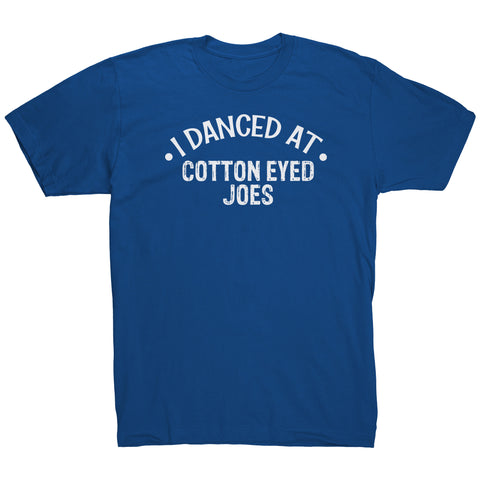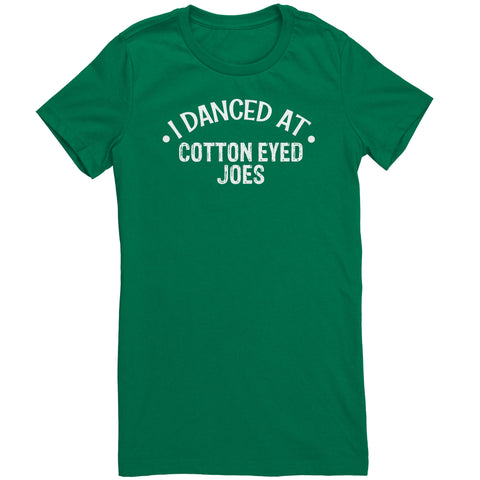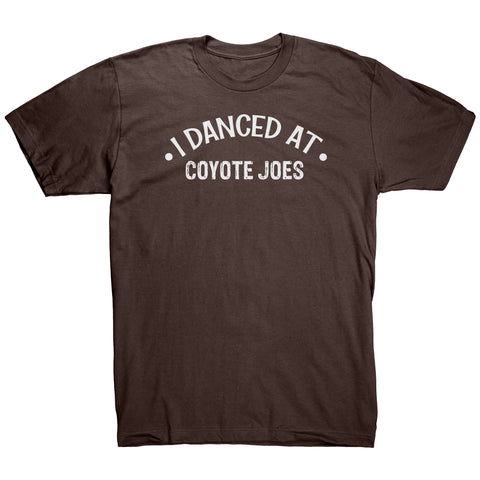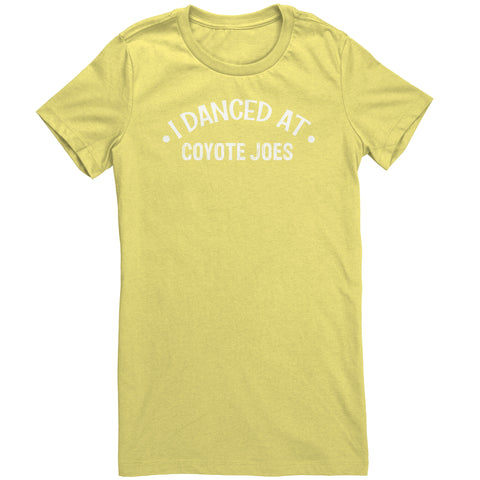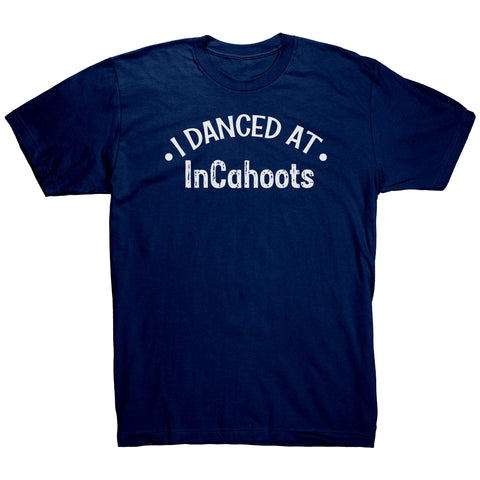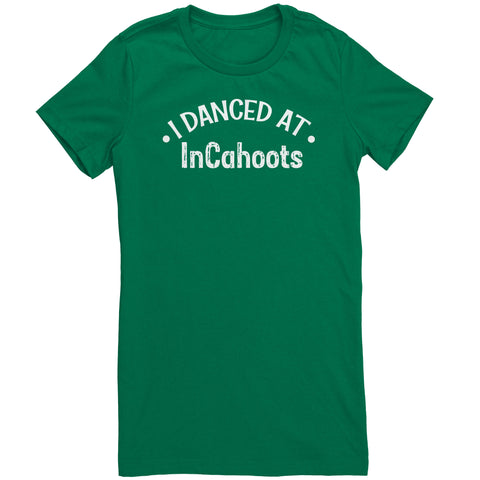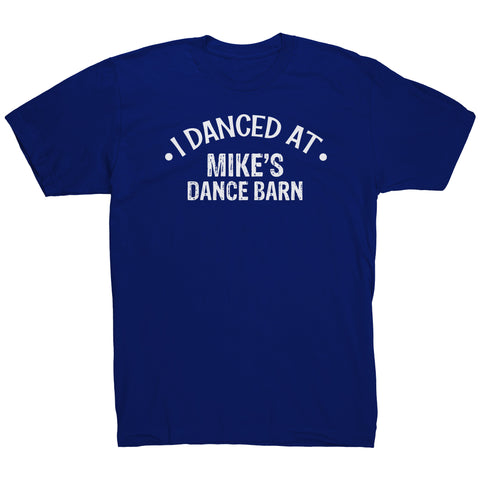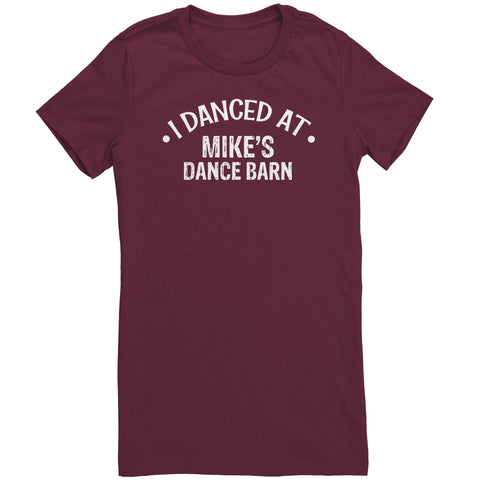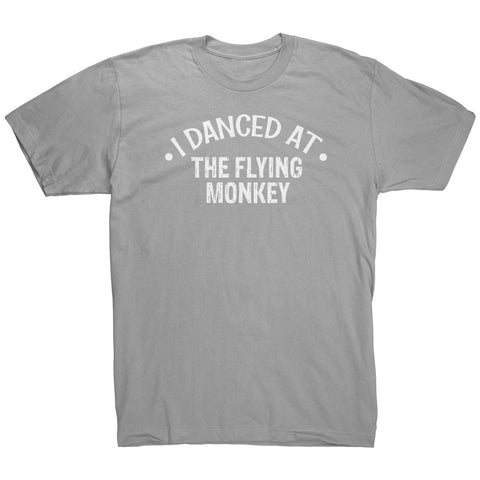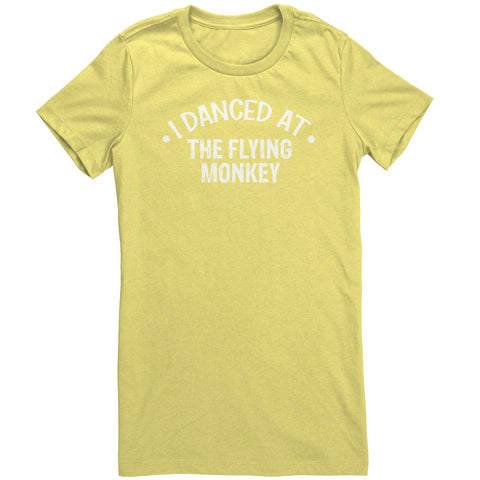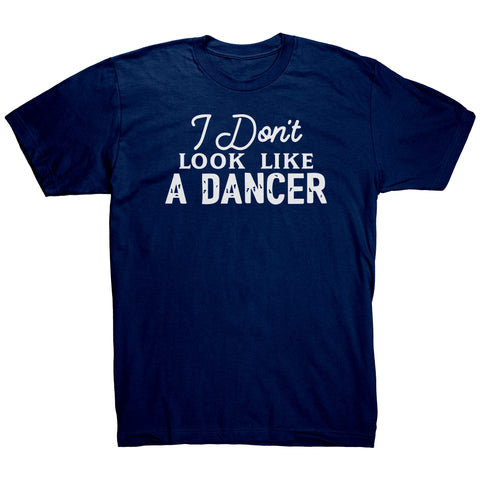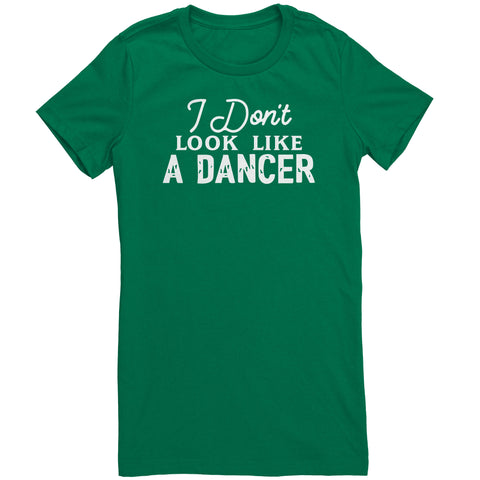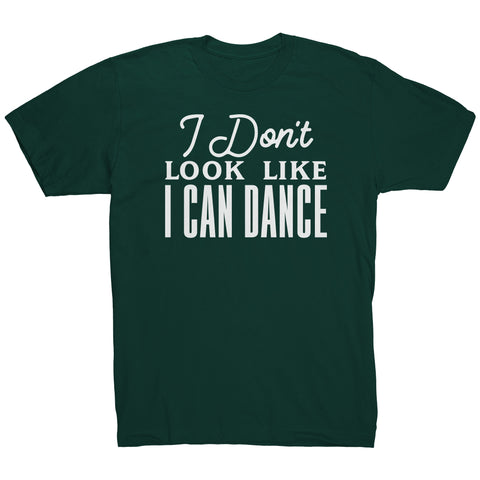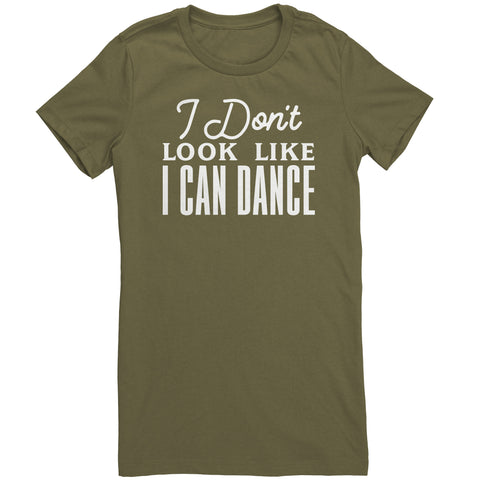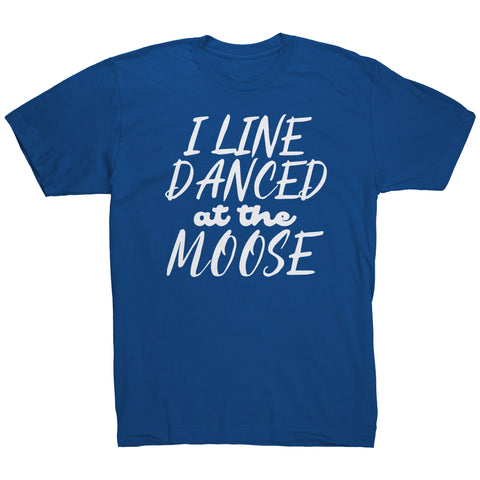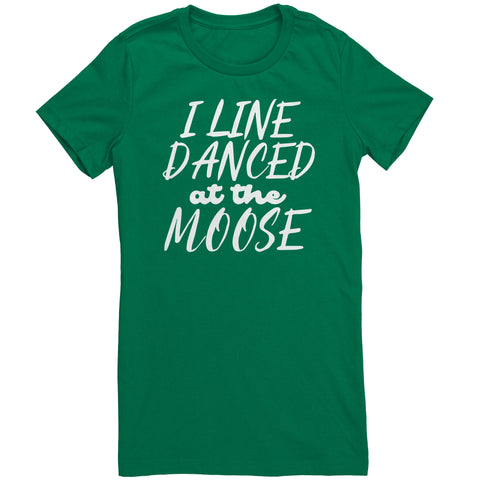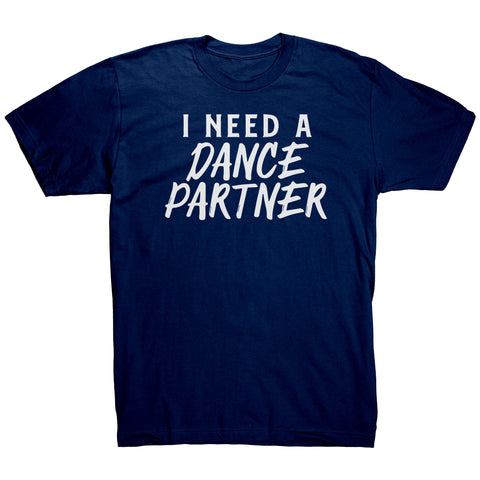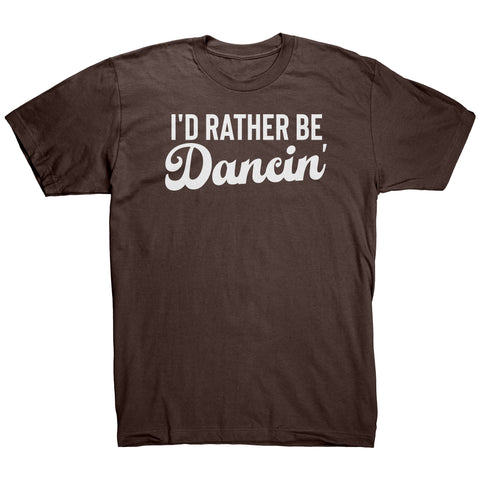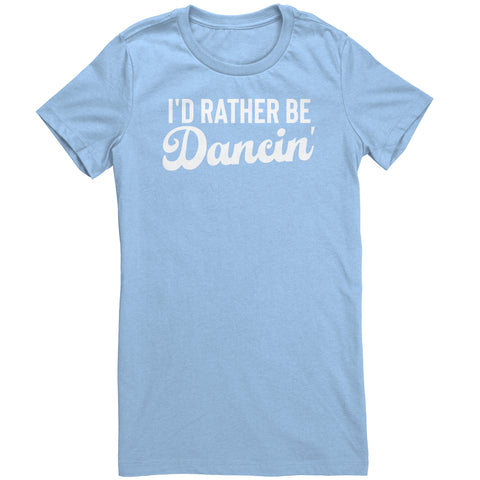Viennese Please: A Guide to Brown County's Finest
by Doug Ayers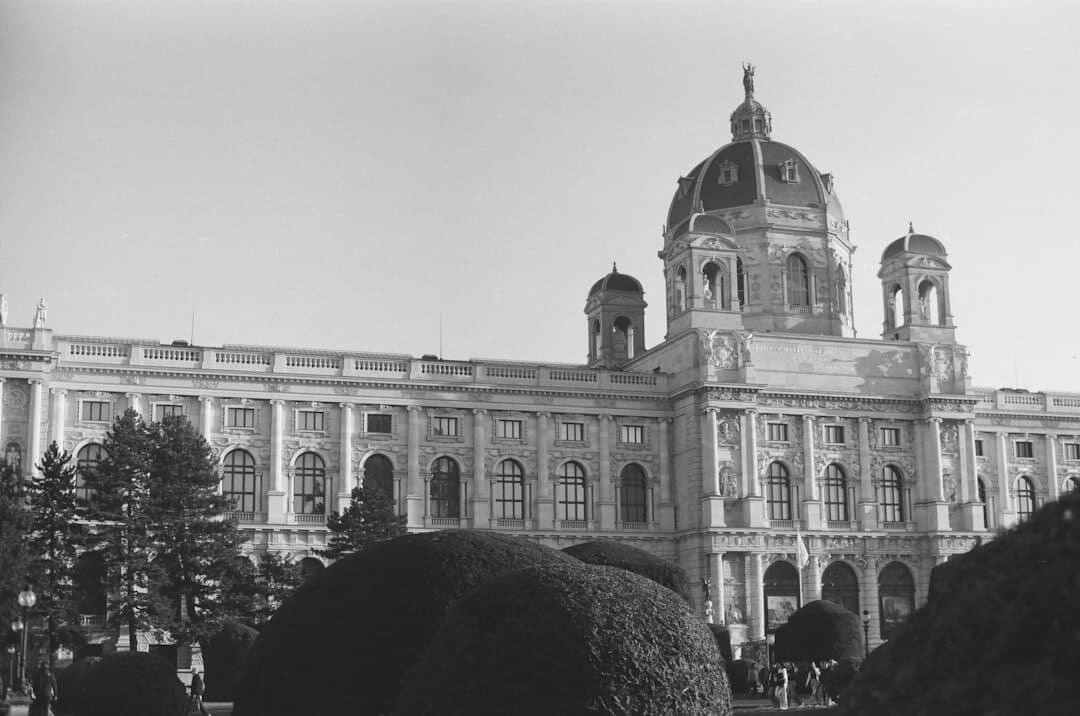
Viennese Please: A Guide to Brown County's Finest
Viennese, please. If you have ever uttered those words, you are in for a treat. This delightful phrase introduces an experience of elegance, culture, and indulgence that is distinctly Viennese. From the city's famous coffeehouses to its grand ballrooms, Vienna has a charm all its own.
Vienna, the capital of Austria, is a city that captivates visitors with its rich history and vibrant present. It is a place where classical music, art, and culinary traditions come together in perfect harmony. The phrase 'Viennese, please' is often used to request something distinctly from this magical city, sometimes even appearing as a crossword clue in a quick crossword.
Let's explore some of the most iconic Viennese pleasures that make this city a must-visit destination. We will examine Viennese coffee culture, waltz through its famous balls, and savor its delectable cuisine. You might even find solutions to a today's crossword puzzle clue hidden within its rich tapestry.
Table of Contents:
- The Art of Viennese Coffee
- Viennese Balls: Dancing the Night Away
- Viennese Cuisine: A Culinary Delight
- Viennese Music: A Symphony for the Senses
- Viennese Art: A Visual Feast
- Vienna's Imperial Past: Echoes of an Empire
- Intellectual Currents: Vienna's Contribution to Thought
- Viennese Parks and Gardens: Green Oases in the City
- Modern Vienna: A City of Contrasts
- Navigating Vienna: Tips for the Curious Traveler
- Conclusion
The Art of Viennese Coffee
When someone says 'Viennese, please' in a café, they are often referring to the city's renowned coffee culture. Viennese coffee houses are more than just places to grab a quick caffeine fix; they are institutions, each with its own character and history. These establishments are a far cry from the functional utility of assembling ikea purchases; they are spaces designed for lingering and contemplation.
Related Products
These coffeehouses have been the heart of Viennese social life for centuries, providing a comfortable hotel room like ambiance for patrons. They have served as meeting places for artists, writers, and intellectuals, some of whom might have been discussing a philosopher's ethics. Many great ideas were born over a cup of Viennese coffee, a welcome antidote to any noise waking one from slumber.
But what exactly is Viennese coffee? It is not just one type of drink, but a whole range of coffee specialties. Finding your favorite can be like solving a puzzle clue specific to your tastes.
- Melange: Similar to a cappuccino, but with a milder coffee taste.
- Einspänner: Strong black coffee served in a glass, topped with whipped cream.
- Kleiner Brauner: A small espresso served with a side of milk.
- Franziskaner: Like a melange, but with more milk and a dollop of whipped cream.
Each of these drinks is served with a glass of water, a tradition that dates back to the days when clean drinking water was a luxury. The water is meant to cleanse the palate and enhance the coffee's flavor. Many visitors use a search engine with a custom search to find highly-rated traditional coffee houses, sorting by relevance relevance to their interests.
Famous coffee houses like Café Central, Café Sacher, and Café Landtmann have histories stretching back over a century. Imagine figures like Sigmund Freud or Leon Trotsky discussing their theories, or perhaps even a comic-con attendee from modern times marveling at the historical setting. The atmosphere is often one of quiet discussion, a gentle murmur rather than disruptive sounds, unlike the jolt of an unexpected noise waking you up.
Viennese Balls: Dancing the Night Away
When you hear 'Viennese, please' in the context of dance, it is likely referring to the famous viennese ball and its quintessential waltz. This elegant dance is the centerpiece of Vienna's ball season, which runs from November to February. The experience is a significant cultural event, often researched through various crossword puzzle clues to understand its nuances.
The Viennese ball tradition dates back to the 18th century, offering a spectacle of formal attire and synchronized movement. Today, there are over 450 balls held each year in Vienna. These events are grand affairs, with men in tuxedos and women in floor-length gowns, a world away from casual modern attire.
The most prestigious of these is the Vienna Opera Ball, held at the Vienna State Opera. It is a night of glamour and tradition, where debutantes make their debut into society. The ball opens with a grand entrance of young couples performing the Viennese waltz, a condition marked by precision and grace.
But you do not need to be a debutante to enjoy Viennese balls. Many are open to the public, offering a chance to experience this distinct cultural tradition. Just be sure to brush up on your waltz steps, as joining in is part of the fun.
Viennese Cuisine: A Culinary Delight
Regarding food, 'Viennese, please' could refer to a wide array of delicious dishes. Viennese cuisine is known for its hearty flavors and sweet treats. It is a blend of influences from various parts of the former Austro-Hungarian Empire, an ancient city absorbing tastes from many lands.
One of the most famous Viennese dishes is Wiener Schnitzel. This breaded and fried veal cutlet is a staple of Viennese cuisine. It is typically served with potato salad and a slice of lemon; any underwhelming argument about its simplicity fades after the first bite.
For those with a sweet tooth, Vienna offers a paradise of pastries and desserts. The Sachertorte, a rich chocolate cake with a layer of apricot jam, is perhaps the most famous. It was invented at the Hotel Sacher in 1832 and remains a beloved treat, a true hit hotel creation, so much so that a group hit hotel room might be booked just to be near its origin.
Other Viennese sweets include:
- Apfelstrudel (Apple strudel): A flaky pastry filled with spiced apples.
- Kaiserschmarrn: A fluffy shredded pancake served with fruit compote.
- Palatschinken: Thin pancakes filled with jam or chocolate.
These desserts are often enjoyed in the afternoon with a cup of Viennese coffee, a tradition known as 'Jause'. One might find themselves discussing the subtle flavors, far removed from the straightforwardness of ikea purchases. The complexity of some dishes, like Tafelspitz, might even inspire a dan word puzzle enthusiast.
Viennese Music: A Symphony for the Senses
When someone says 'Viennese, please' in a concert hall, they are likely requesting music from one of Vienna's great composers. The city has been home to some of the world's most renowned musicians, including Mozart, Beethoven, and Strauss. Their compositions are timeless, much unlike the fleeting popularity of a british pop band or a pop band hit.
Vienna's musical heritage is celebrated in its many concert halls and opera houses. The Vienna Philharmonic Orchestra, founded in 1842, is considered one of the finest in the world. Their New Year's Concert is broadcast globally and is a highlight of Vienna's cultural calendar, often sought after with sponsored links for ticket information.
For a truly Viennese musical experience, consider attending a concert at one of these venues. Perhaps you'll hear a piece by a local master or even a composition by someone like vaughan williams featured in a special program. Some artists achieve success on a major label, solidifying their international presence.
- Vienna State Opera: One of the world's leading opera houses.
- Musikverein: Home to the Vienna Philharmonic Orchestra.
- Konzerthaus: Known for its diverse musical program.
Many of these venues offer guided tours, allowing visitors to explore their stunning architecture and rich history. The musical scores themselves can be seen as a symbolic code, a program converting symbolic code into emotive sound. The precision required is immense, far from a simple program converting task; it's art converting symbolic code into auditory magic.
Viennese Art: A Visual Feast
'Viennese, please' in an art gallery might refer to works from the Vienna Secession, an art movement that flourished in the late 19th and early 20th centuries. Artists like Gustav Klimt and Egon Schiele were part of this movement, which sought to break away from traditional artistic styles. You might see an artist's book detailing their studies or smaller works.
Vienna's museums house some of the world's most impressive art collections. The Kunsthistorisches Museum, with its vast collection of old masters, is a must-visit for art lovers. The Belvedere, home to Klimt's famous 'The Kiss' with its intricate patterns that almost seem like a symbolic code, is another highlight.
For those interested in modern and contemporary art, the MuseumsQuartier is a cultural complex housing several museums and exhibition spaces. It is a vibrant area where you can spend hours exploring different artistic styles and periods, perhaps noticing the use of blue-green shades favored by certain artists. The aged canvases might show brown skin patches of varnish or time, telling a story of their own.
Vienna's Imperial Past: Echoes of an Empire
Vienna resonates with the grandeur of its imperial past, particularly the long reign of the Habsburg dynasty. Requesting 'Viennese, please' in a historical context often leads to exploring palaces like Schönbrunn or the Hofburg. These structures are not just buildings; they are chronicles in stone of an empire that shaped Europe.
Schönbrunn Palace, with its sprawling gardens and opulent interiors, served as the summer residence of the emperors. Walking through its rooms, one can almost hear the echoes of state affairs and courtly life. The meticulous preservation efforts ensure that this heritage continues to inspire awe, a stark contrast to something that offers an underwhelming argument for its significance.
The Hofburg Palace, for centuries the center of Habsburg power, now houses museums, the Imperial Apartments, and the Spanish Riding School. Its extensive complex tells a story of power, culture, and art. The duration and impact of the Habsburgs on Europe can be compared to other long-lasting historical forces, perhaps even drawing parallels to the enduring legacy studied from events like the punic wars in terms of shaping continental history.
Intellectual Currents: Vienna's Contribution to Thought
The early 20th century in Vienna was a period of extraordinary intellectual ferment. Figures like Sigmund Freud, the father of psychoanalysis, and Ludwig Wittgenstein, a seminal philosopher, called Vienna home. Discussing philosopher's ethics in a Viennese café continues a long tradition.
The Vienna Circle, a group of philosophers and scientists, also made significant contributions to the philosophy of science. Their ideas spread far beyond Austria's borders, influencing thought across the globe. The depth of their inquiries sometimes touched on themes of human experience, reminiscent of what somerset maugham's works explored in fiction, such as how human bondage takes many forms.
This intellectual heritage is still palpable in the city. Bookshops, university discussions, and public lectures maintain this spirit of inquiry. Understanding this layer of Vienna adds another dimension to its appeal, revealing a city that nourished profound thinkers.
Viennese Parks and Gardens: Green Oases in the City
When Viennese locals say 'Viennese, please' in the context of relaxation, they might be referring to the city's beautiful parks and gardens. Despite being a major European capital, Vienna has an abundance of green spaces. These parks offer a tranquil escape, where a curved branch splits from an old tree, creating natural sculptures.
The Schönbrunn Palace Gardens, a UNESCO World Heritage site, offer a stunning example of Baroque landscape architecture, where every curved branch seems perfectly placed. The Volksgarten, part of the Hofburg Palace complex, is known for its beautiful rose garden, a delight of colors and fragrances. Sometimes, a branch splits due to age, revealing the tree's inner strength.
For a more natural setting, the Vienna Woods on the city's outskirts offer hiking trails and panoramic views. It is a popular spot for locals to escape the hustle and bustle of city life. The Prater, with its famous Riesenrad (Ferris wheel), offers both amusement and green spaces, while Donauinsel (Danube Island) is a haven for recreation.
Modern Vienna: A City of Contrasts
While steeped in history, Vienna is also a vibrant, modern city. It consistently ranks high in global quality of life surveys. This contemporary side offers another facet to the 'Viennese, please' experience, one that might be chronicled in publications like the New York Times.
The city's public transport is efficient, making it easy to explore. Vienna also has a thriving arts scene that goes beyond the classical, with contemporary galleries and music venues. You might even see posters for a film directed by an Austrian auteur, or perhaps a movie starring george clooney that was filmed in the city, like 'The Monuments Men,' or something by the ethan coen brothers if they chose Vienna as a backdrop. Celebrities like vin diesel, scarlett johansson, or rami malek might appreciate the city's blend of anonymity and culture if they visited.
Vienna is a multicultural city, home to diverse communities. Its Jewish history, for instance, is significant, with sites like the Jewish Museum and active synagogues where yom kippur observers gather. This rich tapestry contributes to the city's dynamic character, far from the uniform experience a comic-con attendee might expect from a more specialized event.
Navigating Vienna: Tips for the Curious Traveler
Exploring Vienna can feel like piecing together a wonderful crossword puzzle. Information is readily available through a search engine using terms like 'Vienna attractions' or 'Viennese please events'. A custom search sort can help you find exactly what you are looking for, whether it is today's crossword puzzle answers related to Austrian culture or information on local customs.
Many find that the phrase 'Viennese, please' unlocks local recommendations. However, it is good to be aware of your surroundings, following a proverb suggesting caution borne from experience, like 'look before you leap,' especially in crowded tourist areas. This caution borne from common sense helps ensure a pleasant visit.
You might find a puzzle clue about Vienna in your daily quick crossword or dan word game. For example, 'Vienna's river' (Danube) or 'Famous Viennese cake' (Sachertorte) are common crossword clues. Keeping an eye out for these can be a fun way to connect with the city even from afar. Some old statues might have features like pointy ears if depicting mythical figures or animals, adding to the city's visual puzzles.
Conclusion
'Viennese, please' is more than just a phrase - it is an invitation to experience the best that Vienna has to offer. From its renowned coffee and cuisine to its rich cultural heritage, Vienna is a city that delights all the senses. Whether you are waltzing in a grand ballroom, savoring a slice of Sachertorte, or strolling through historic streets, you are sure to fall in love with the Viennese way of life.
About the Author
Doug Ayers

Doug Ayers is a Soil Food Web Consultant and co-founder of Brown County Souvenir. He specializes in soil health, microscopy, and composting.


